
3 minute read
MALTESE FURNITURE: A PASSION FOR ORNAMENT & ELEGANCE
Maltese furniture has become increasingly sought after over the years for more reasons than one. A love for well-crafted furniture is prevalent in Malta with domestic interiors permitting rooms dedicated to exquisite pieces that receive the admiration of all who enter. Some of these date as far back to the beginnings of the Order’s stay on Malta under the rule of Grand Master Philippe Villiers de L’Isle-Adam, when continental influences started to alter the styles and techniques of local furniture production together with the country’s art and craft traditions. The Knight's, up until their last days on Malta under the rule of Ferdinand von Hompesch, enriched Maltese culture with fine pieces of furniture. It was needed to embellish churches, monasteries, palazzi, private dwellings, and the auberges that were constructed in Valletta and in towns beyond the capital.
Cabinet makers travelled to Malta when the Knights of St. John settled here to work for some of Europe’s most affluent nobleman, guaranteeing the development of good taste according to the most recent fashions. The involvement of Maltese artisans is regrettably not well documented. Early Maltese furniture was made of red deal and pine timber imported from overseas as these were not locally available. Fruit wood, from ever-present citrus trees, olive wood, and cedar wood that was found in Malta was used to veneer furniture pieces and create the beautiful intricate patterns they are renowned for. During the Knight’s period some chairs and side tables would be constructed out of walnut, the only solid wood to be used, but this inevitably increased the cost of such pieces, prices that are reflected up until today in their contemporary value. Early pieces are valued within the range of 60,000 and 100,000 euros.
Advertisement
All 17th Century Maltese cabinets rest on bun feet, flattened spheres that elevate the cabinet off the ground without interfering with the harmony of the overall design. A photograph shows an elaborate and rare specimen of an early 17th Century Maltese knee-hold altar bureau resting on eight bun feet.
In the 1700s, when French influences from the court of Versailles began to change the previous dominance of styles imported from Italy, cabriole legs were introduced. This hallmark of eighteenth-century furniture elegance was a key feature of the French Bombe style. A fine example of an eighteenth-century chest, veneered in olive and fruit wood inlay, standing on cabriole legs is pictured here. The trend in furniture and interior decoration that was prevalent all over Europe in the eighteenth century also found its way to Malta.
In the Victorian era design was imparted lesser importance as heavy mahogany furniture became more widely available. This more serious pattern in the development of European furniture was a reflection of shifting political and economic currents, wherein functional- ity was given priority over other considerations. The idiosyncratic style of Georgian furniture in the 1900s was bulky and gaudy, containing none of the refinement of the furniture produced during the Order’s almost 330-year stay on Malta.
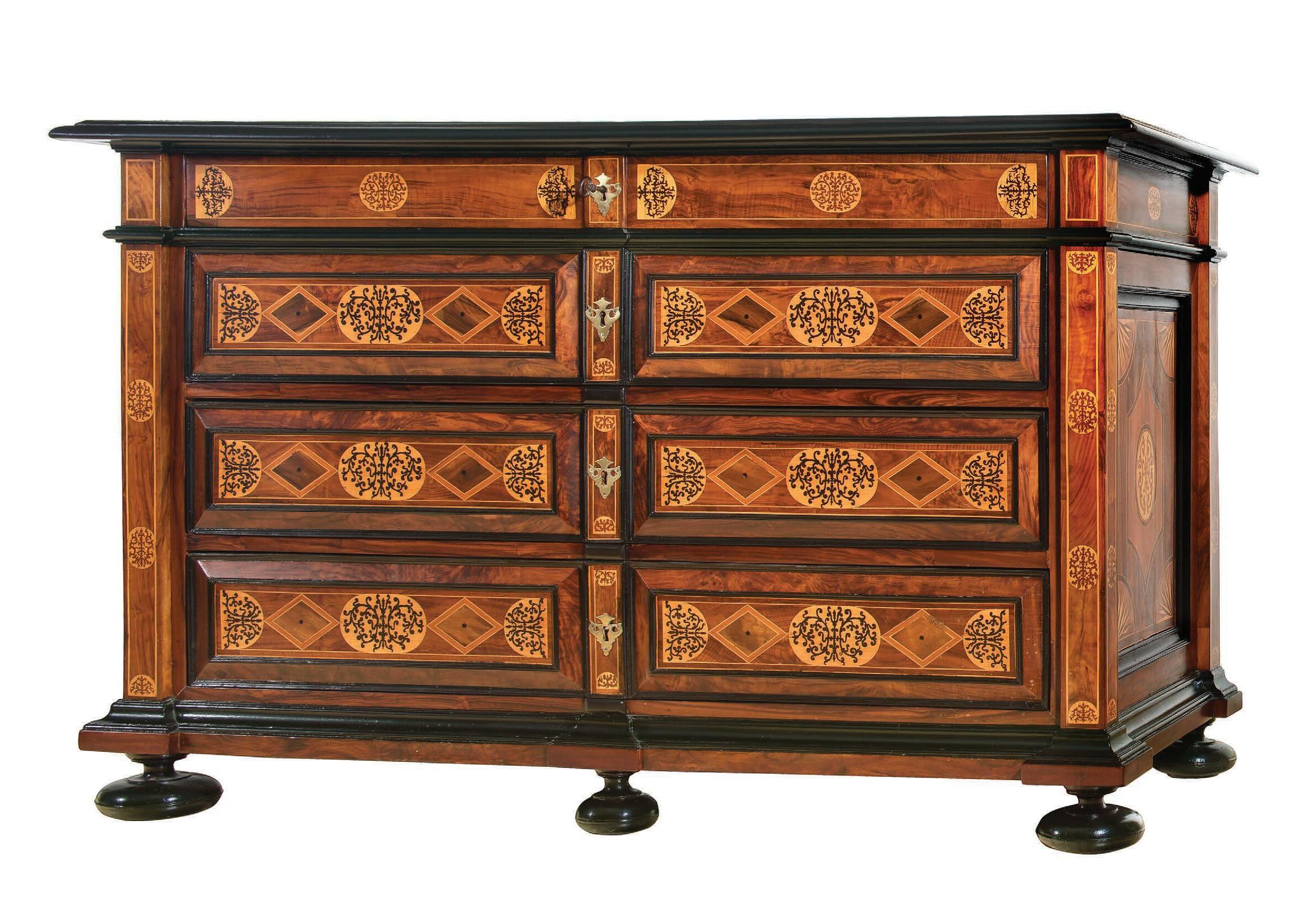
The timelessness of the many types of Maltese furniture makes it adaptable to any form of interior; traditional and modern, domestic and public. Each piece bears the mark of its time; fashion, skill, and function are all combined to elevate them beyond their utilitarian purpose. The thought and labour that gave birth to antique Maltese furniture is to be admired, especially in an age of mass-produced items which lack the robust wealth of their ancestors. The steadily-rising prices of antique furniture on the local market make it a worthwhile and secure investment. Pieces from the Knight’s period are becoming increasingly rare to find as their appreciation by collectors and the general public continues to grow.
PIERRE GRECH PILLOW AUCTIONEER & VALUER | OBELISKAUCTIONS.COM

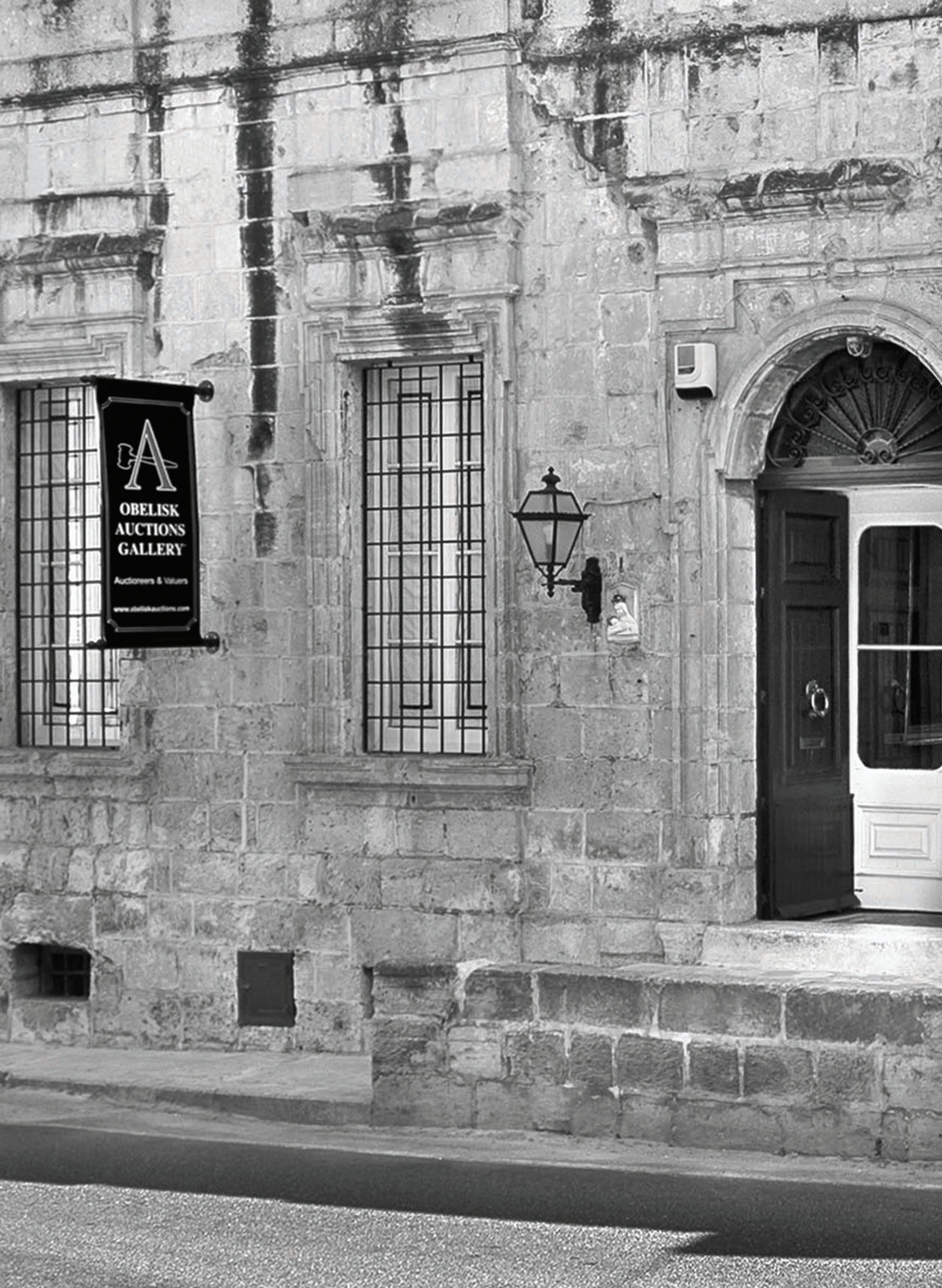

Spacious Detached Villa Santa Maria Estate, Mellieha
MLS ID: 301106
Extremely spacious Villa built on solid rock with scope for various uses having three main floors, including a double height garage level and secondary intermediate level rooms, making up an incredibly flexible home. Finished throughout to a very high standard to make a future proof property with large accommodation and endless views.

900 sqm interior
300 sqm exterior
Three bedrooms
Three bathrooms
Open floor plan with terrace and views of the pool, Jacuzzi, the Valley and the Mediterranean Sea beyond
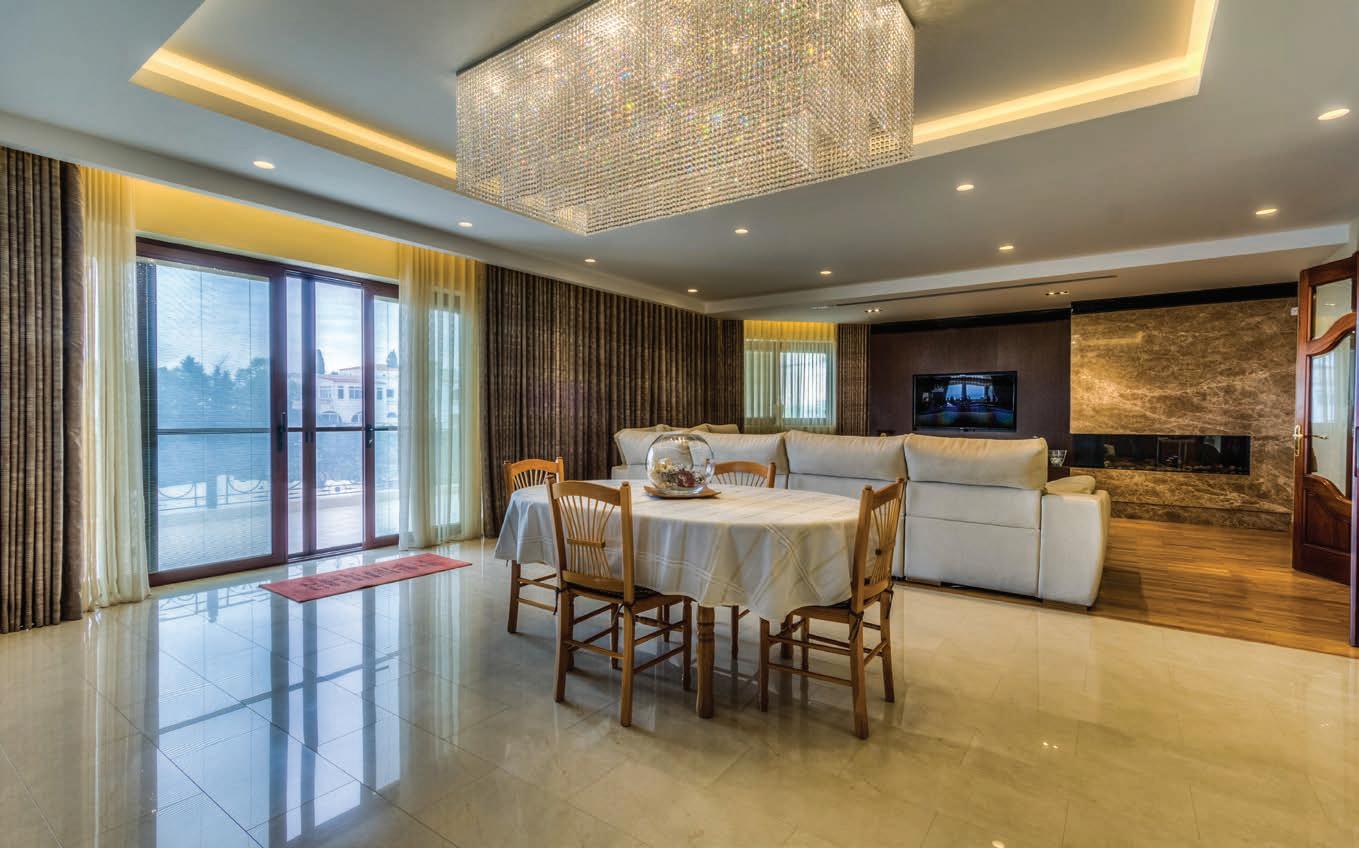
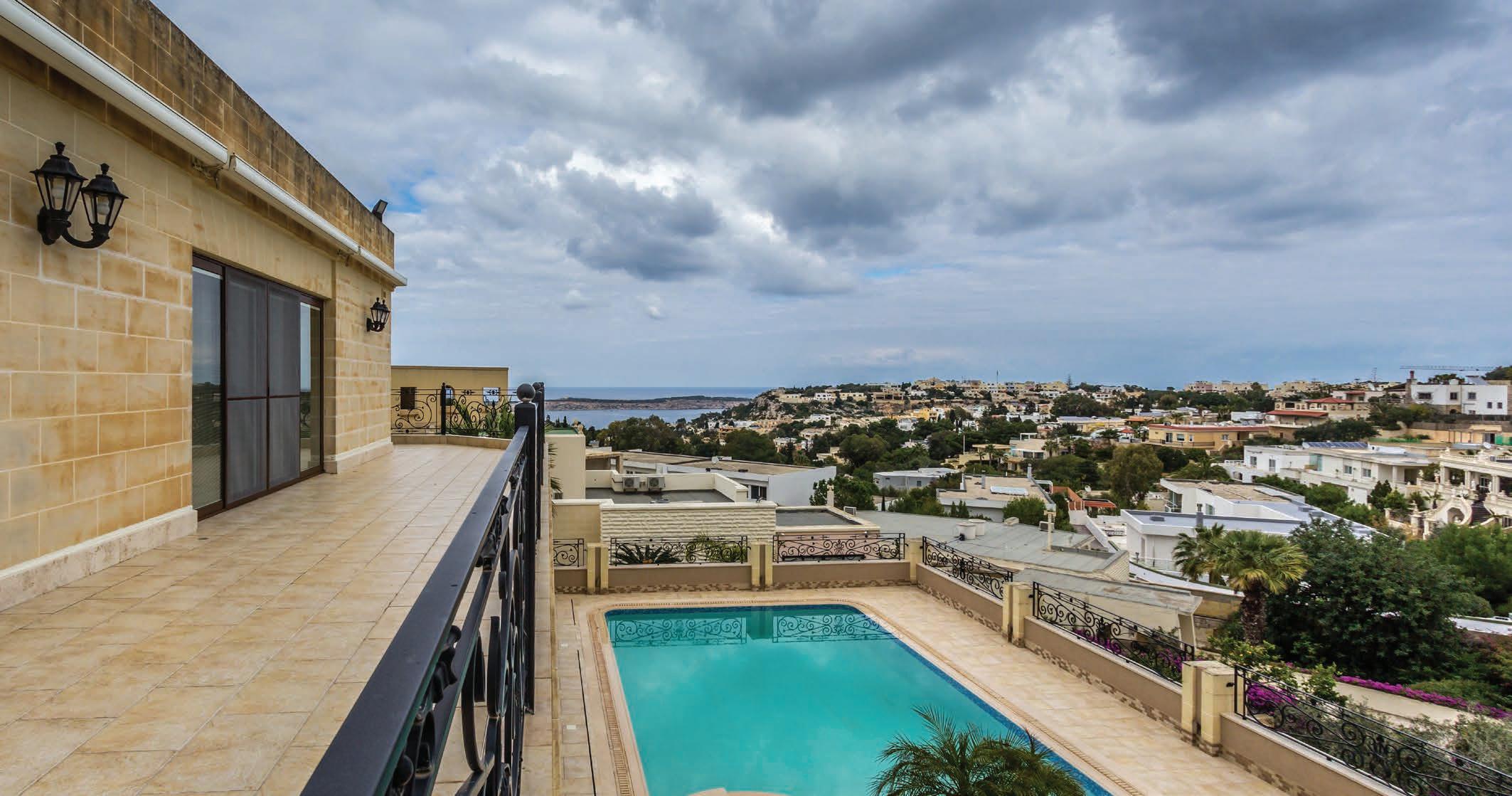
Ten car garage
Available for sale
Guide Price
€2,500,000
Contact Richard Bellerby +356 9910 8076 richard.bellerby@sir.com.mt
Detached Converted Farmhouse
Gharghur
MLS ID: 201732
Converted Farmhouse on the outskirts of this popular village. A truly well designed mix of contemporary and character features, the property offers modern finishings seamlessly combined with arched stone ceilings and traditional touches. Beautiful landscaped gardens with a swimming pool, BBQ area, olive grove, and citrus orchards complete this estate.

400 sqm interior
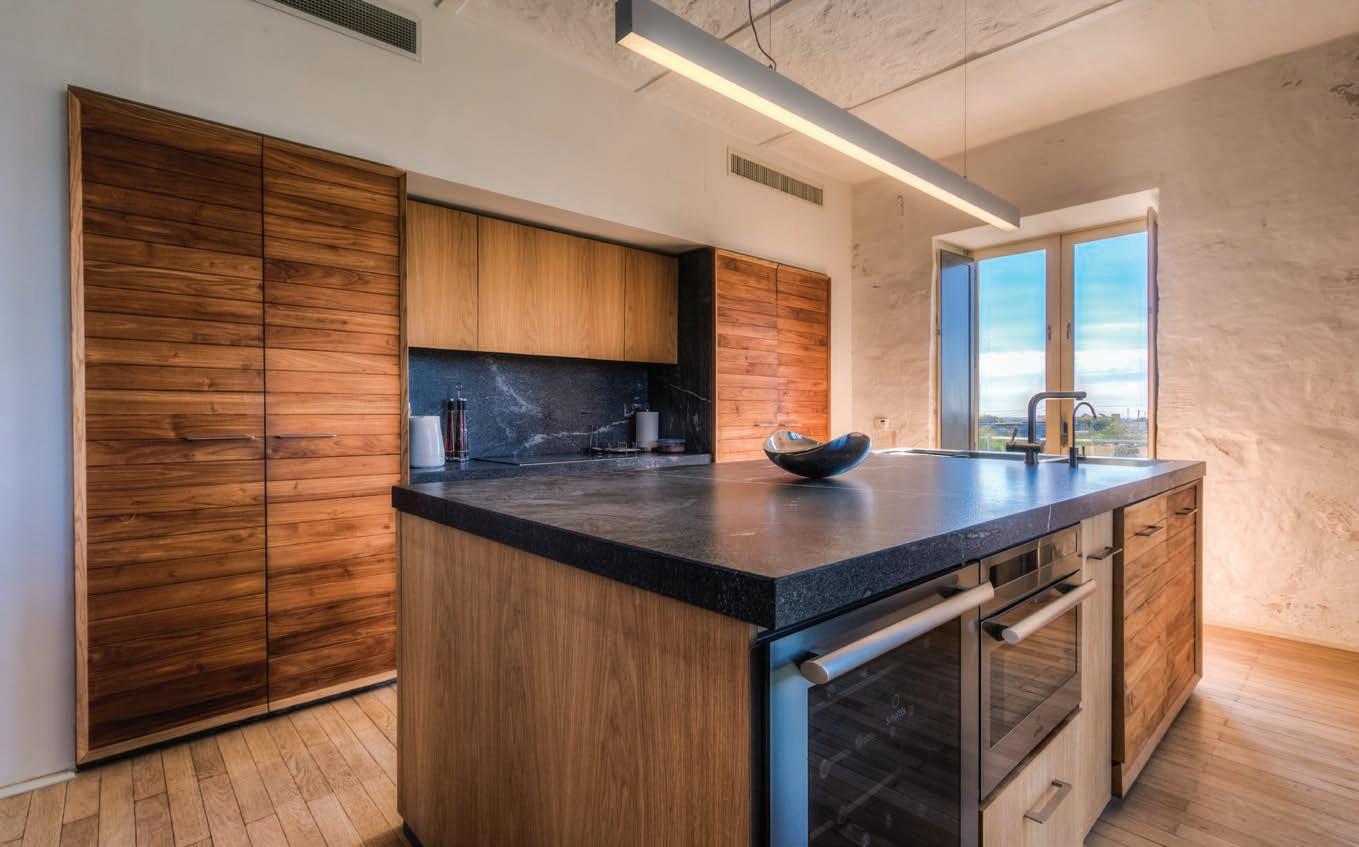
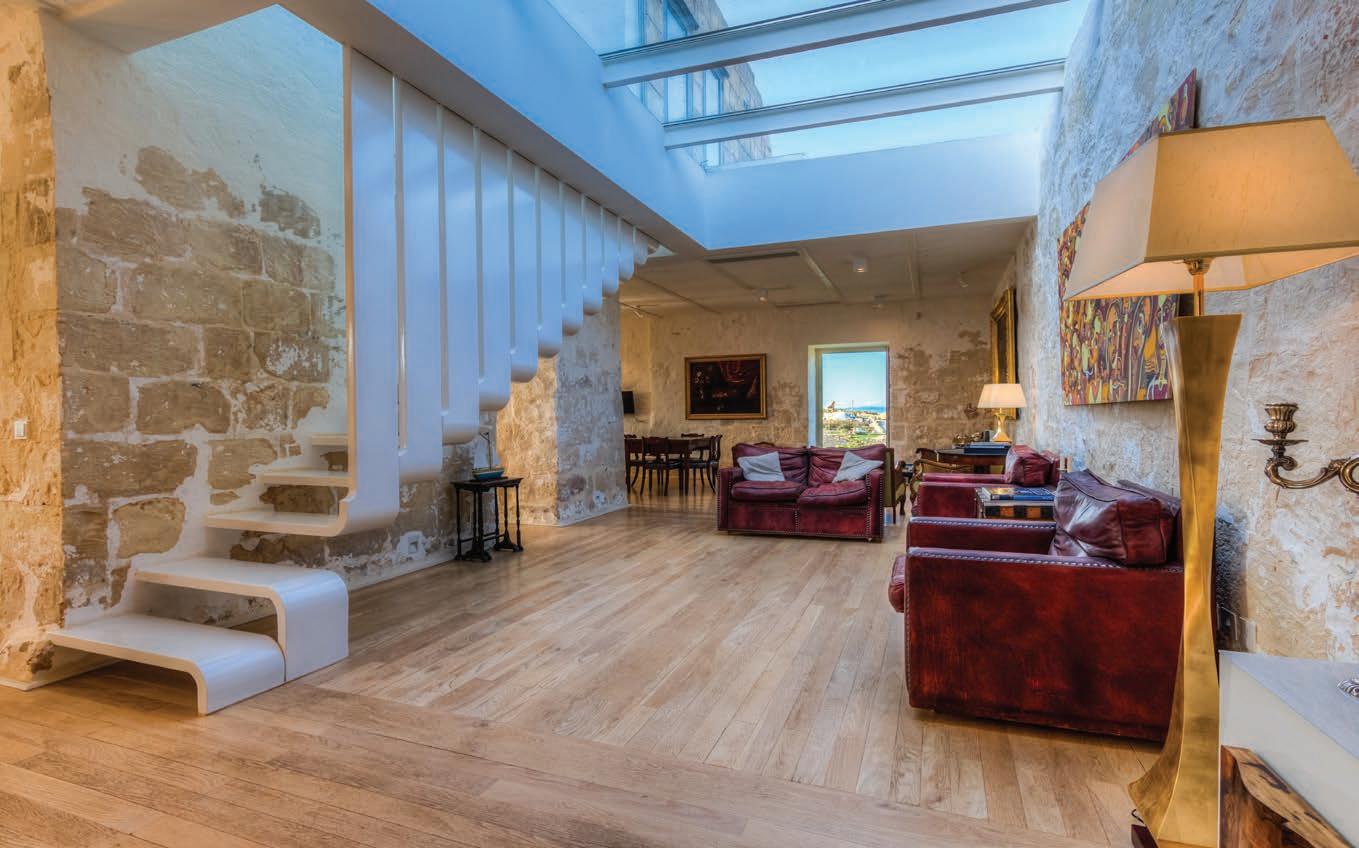
4,800 sqm exterior
Three bedrooms
Five bathrooms
Distant sea and country views
Private drive with parking
Available for sale
Guide Price
Price on Request
Contact Stephen Pace +356 9914 0541 stephen.pace@sir.com.mt
Converted Palazzino Valletta
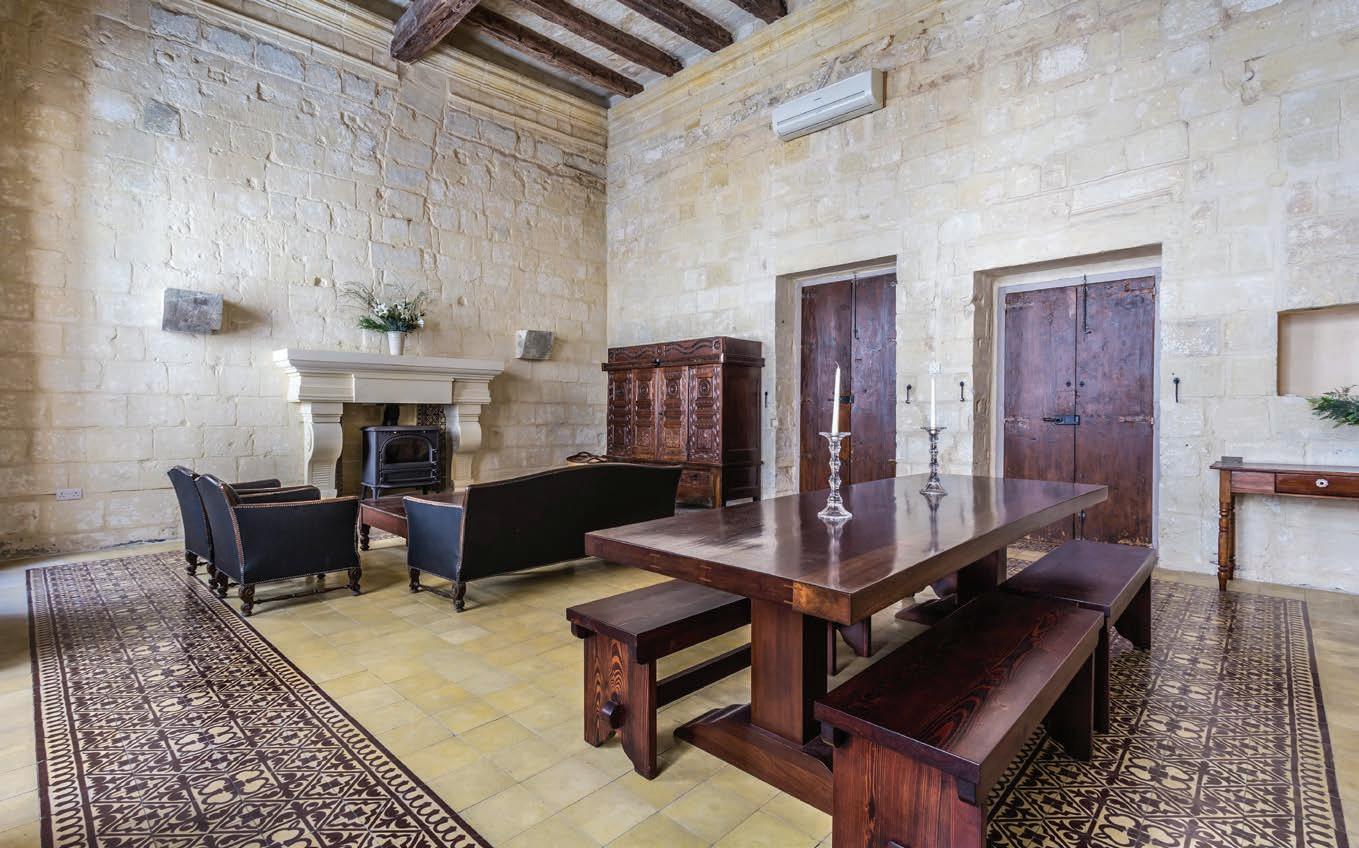
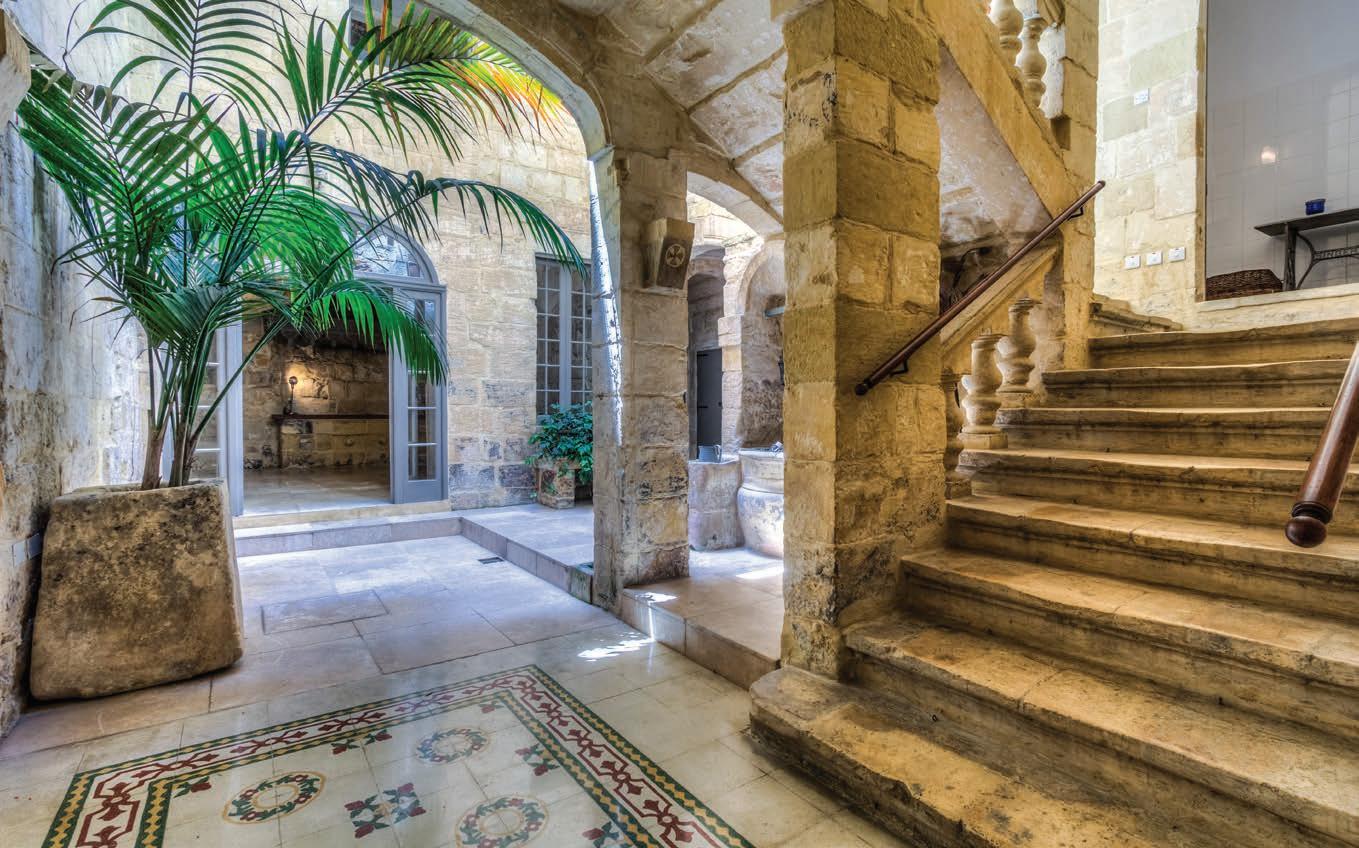
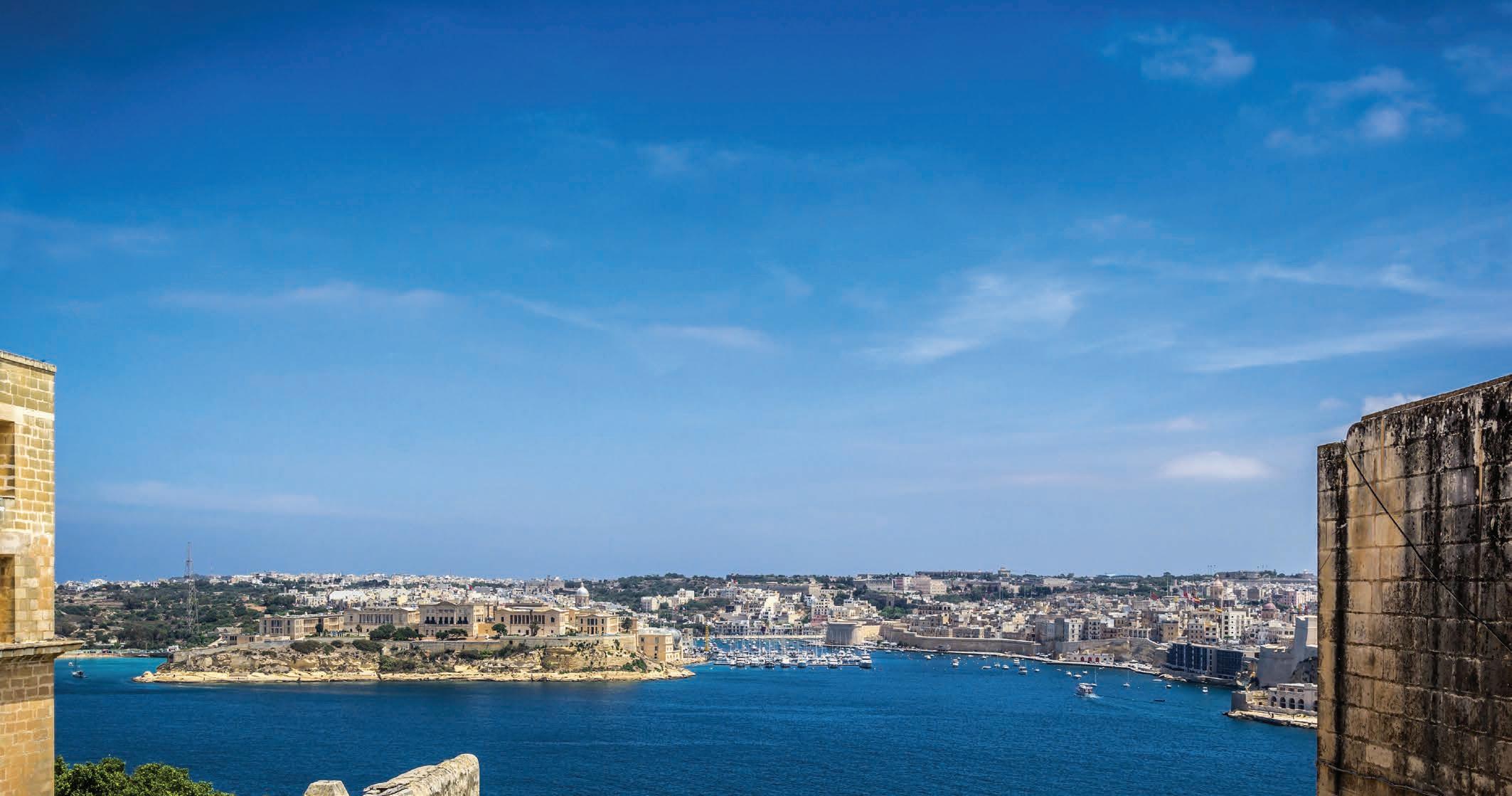
MLS ID: 201530
Converted Palazzino built in 1617 recently tastefully renovated with respect for the history of the house and authenticity of the materials. Bright courtyard with flexible surrounding accomodation, Grand Sala Nobile, and sunny terraces enjoying amazing sea views of the Three Citiesideal for relaxing or entertaining guests in this tranquil area of the capital.
459 sqm interior
146 sqm exterior
Six bedrooms
Three bathrooms
Ownership of airspace
Available for sale
Guide Price
€1,800,000
Contact Thomas Herremans +356 9907 3359 thomas.herremans@sir.com.mt










